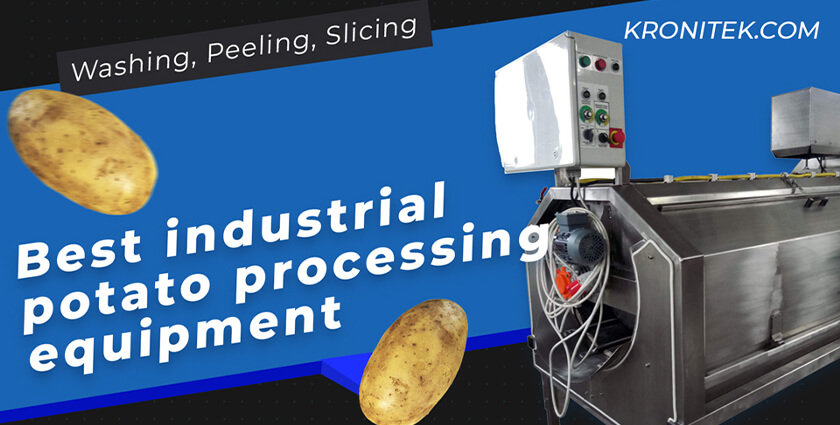10 years of experience as a food machinery equipment manufacturer
10 years of experience as a food machinery equipment manufacturer
In modern agricultural and food processing sectors, potato cleaning and grading machines play a crucial role in ensuring product quality and efficiency. These devices help remove dirt, debris, and bruises while sorting potatoes into uniform grades, ultimately reducing waste and enhancing market readiness. When evaluating options, it’s essential to compare models based on quality factors like durability, automation level, and cleaning effectiveness, alongside price considerations to find a suitable match for various operational scales and budgets. This analysis provides an objective overview without endorsing specific brands, focusing instead on common market offerings.

Assessing the quality of potato cleaning and grading machines involves examining several core components. Durability stands out as a primary concern, with high-quality machines featuring robust stainless steel or corrosion-resistant materials to withstand frequent use and harsh environments. Another factor is automation capability; for instance, advanced models include sensors and software for precise grading, reducing manual labor and increasing throughput. Efficiency in cleaning is also vital—effective machines utilize multiple stages such as soaking, brushing, and rinsing to achieve consistent results without damaging produce. These attributes collectively determine how well a machine performs in real-world applications, impacting long-term reliability and cost savings.
The market offers a range of potato cleaning and grading models, categorized broadly by functionality and design. Below is an impartial comparison of three common types, highlighting quality aspects and typical price brackets without recommending any particular product.
Balancing price and quality is critical when selecting a potato cleaning and grading machine. Entry-level models provide cost savings but may incur higher maintenance costs over time, potentially offsetting initial savings. Mid-range options offer a solid compromise, where the moderate price aligns with reliable performance and longevity, yielding good returns on investment through operational efficiency. Premium models, though expensive upfront, deliver superior durability and reduced waste, justifying the cost in high-yield scenarios through long-term savings on labor and repairs. When comparing, it’s wise to consider total cost of ownership, including energy usage and upkeep, rather than solely the purchase price.
Choosing the best potato cleaning and grading machine depends on specific operational needs and financial constraints. Small producers might lean toward entry-level units for simplicity and affordability, while larger enterprises could benefit from mid-range or high-end models due to scalability and efficiency gains. It’s advisable to evaluate samples through demonstrations and industry reviews to gauge real-world performance. Ultimately, an objective assessment of quality indicators like build strength and automation versus price points helps identify the optimal machine for enhancing productivity without unnecessary expenditure.
In summary, potato cleaning and grading machines vary widely in both quality and price, with each model catering to distinct market segments. By focusing on key factors such as durability, automation, and efficiency, users can make well-informed comparisons that align with their agricultural demands, ensuring sustainable improvements in potato processing outcomes.
